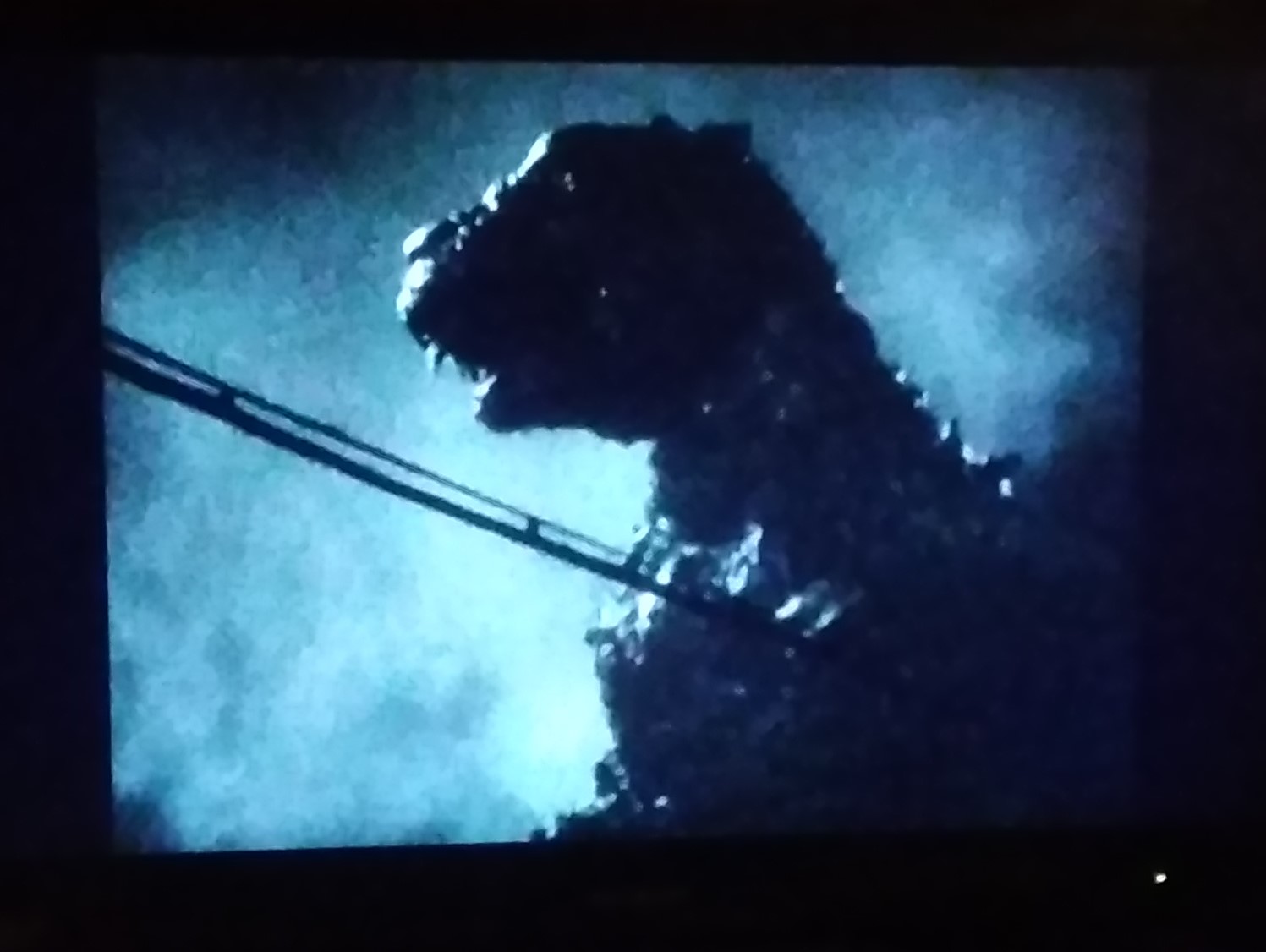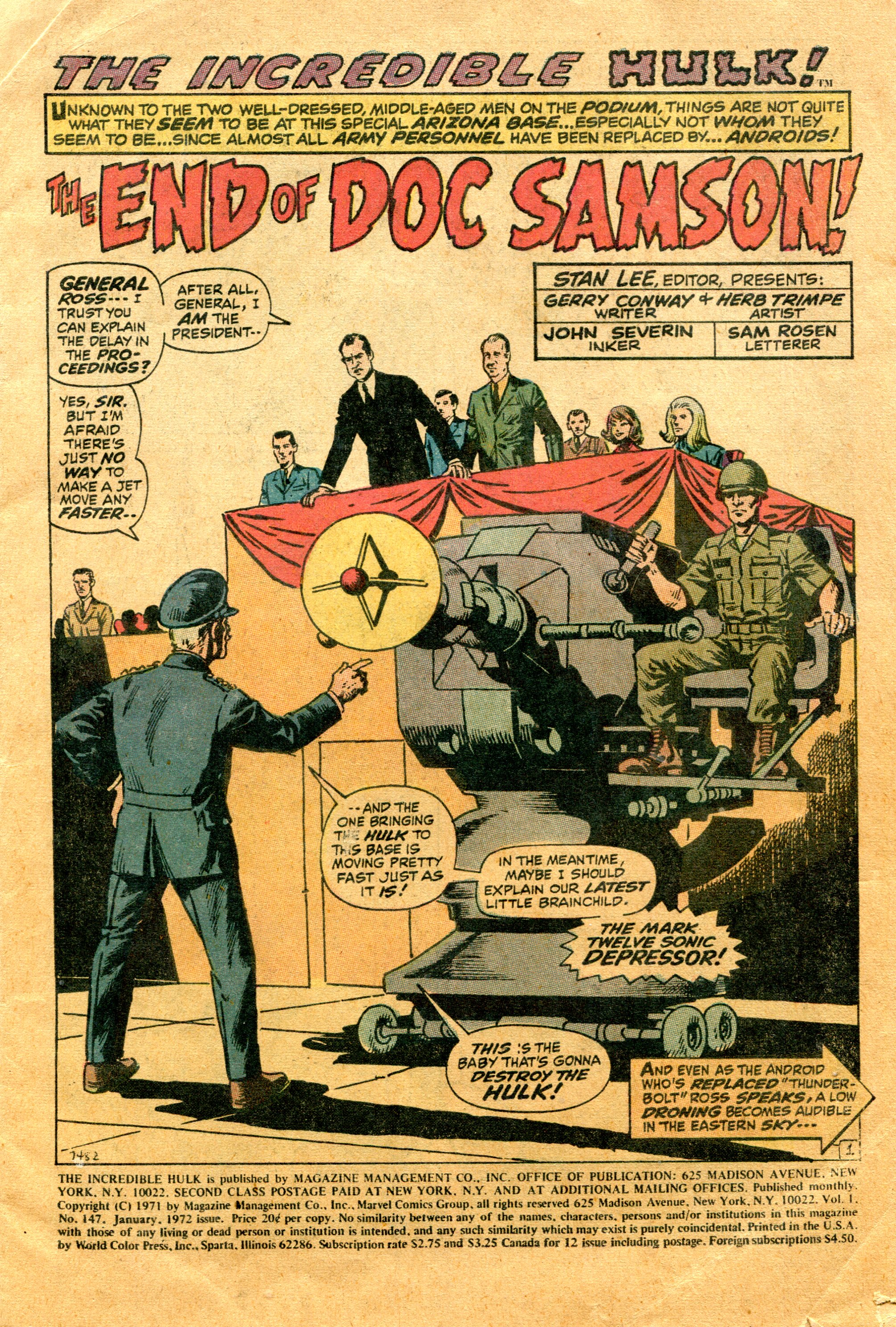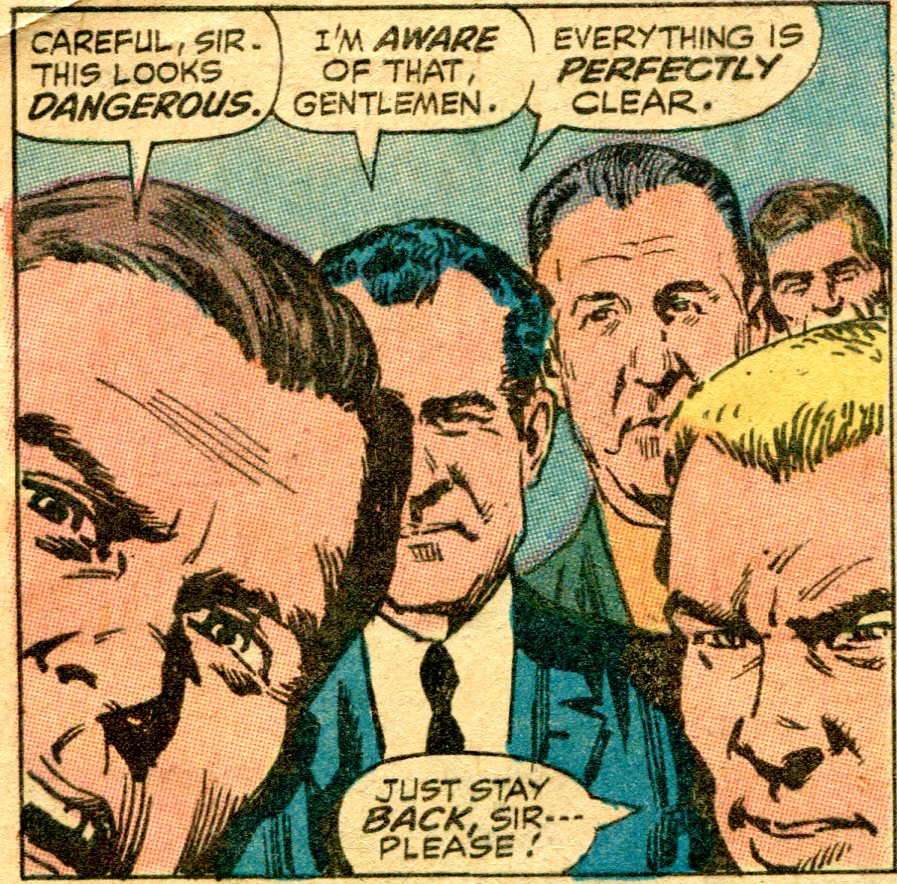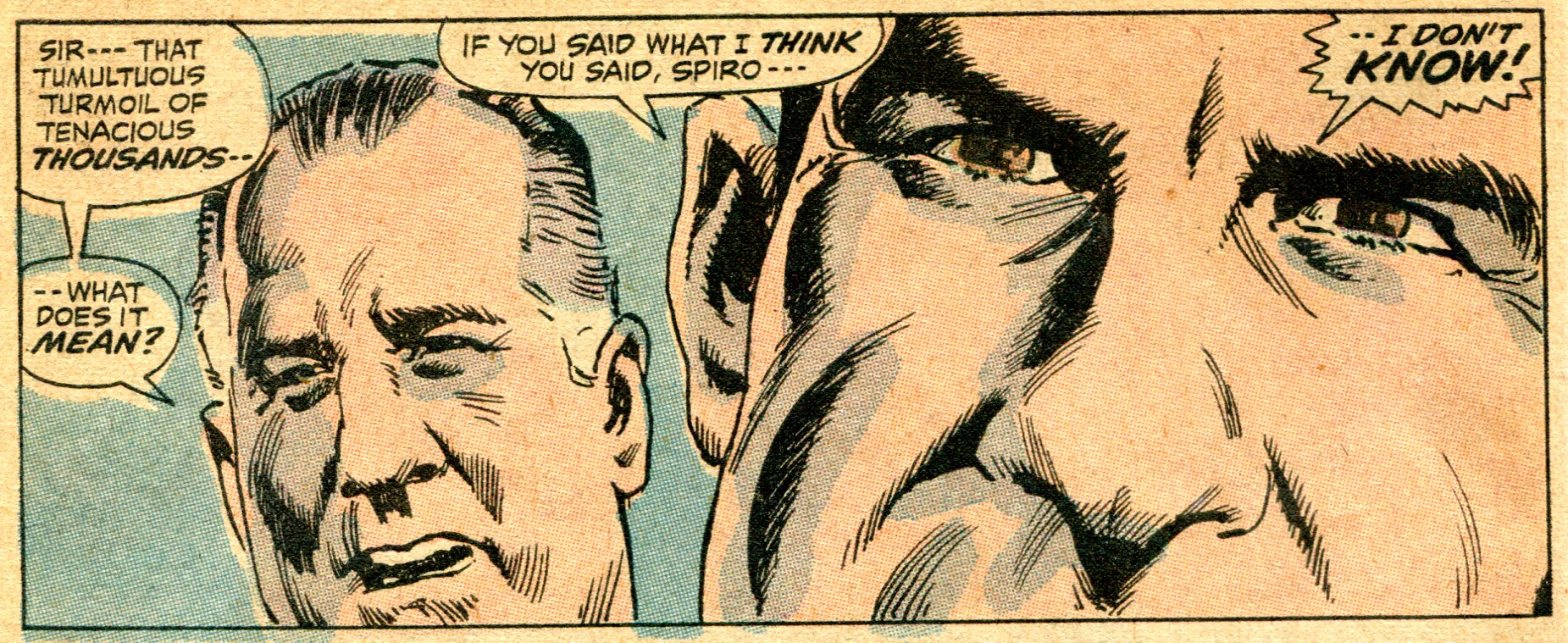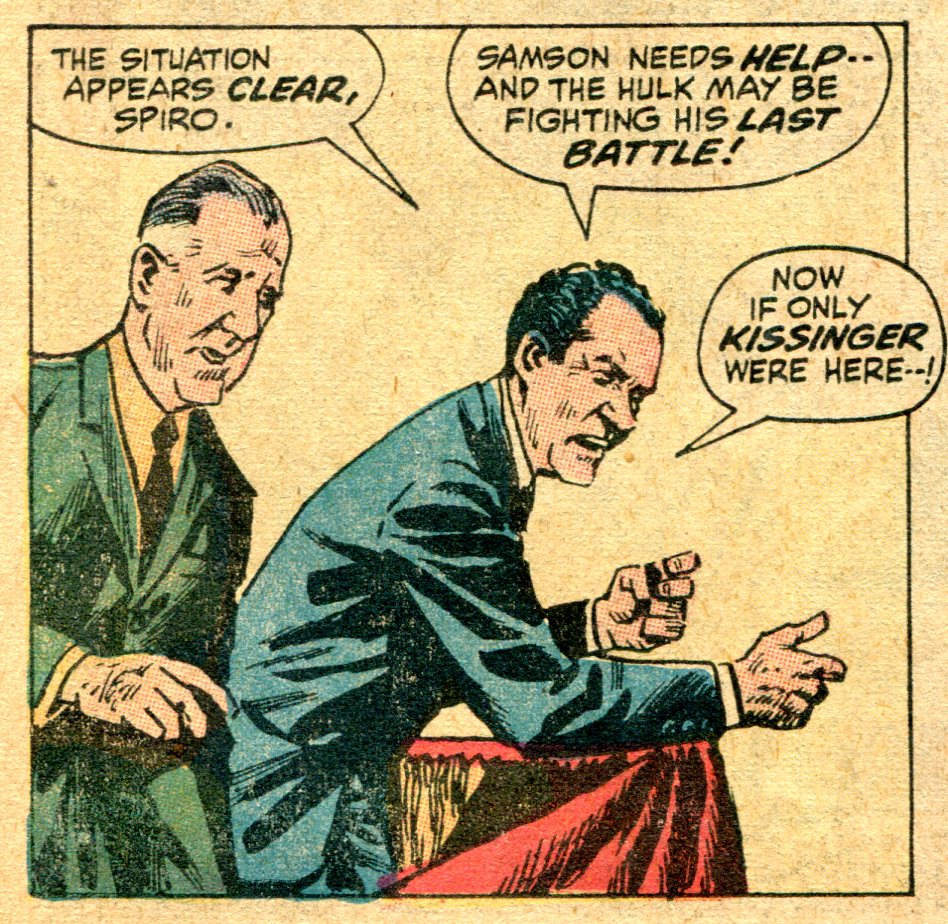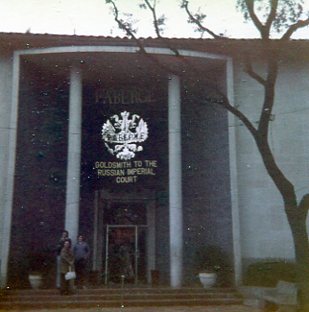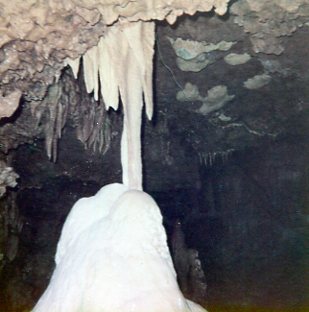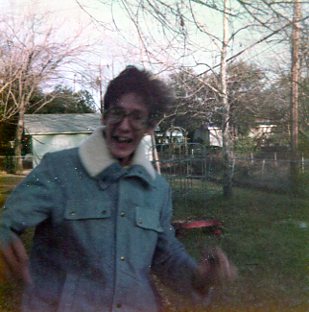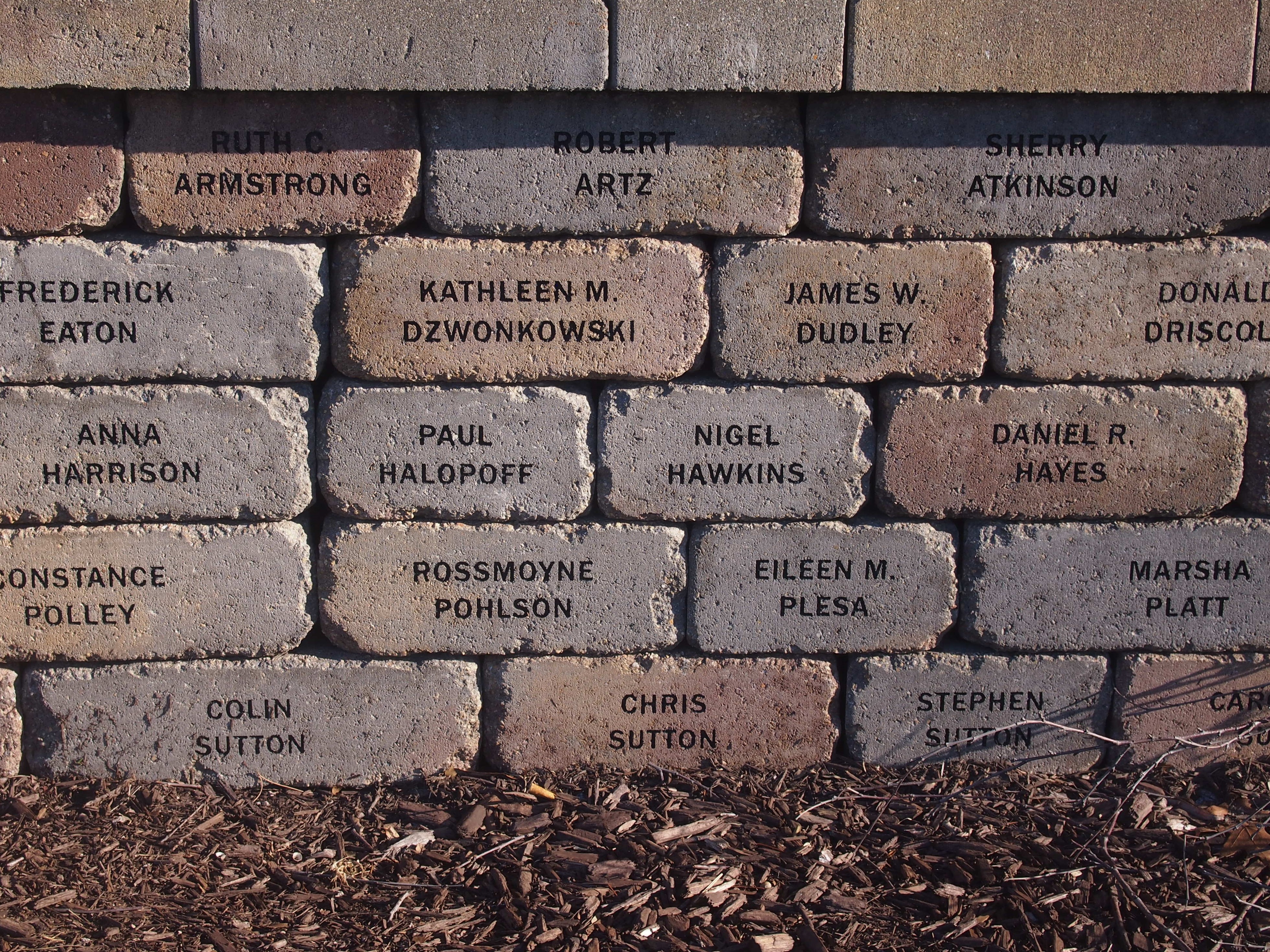I made a point of watching the tribute to Norman Lear that was simulcast – now that’s a aging concept – on several networks this evening, at 8 Eastern/7 Central. Mostly, I was curious to see what they would do. Turned out to be about 15 seconds of a picture of him (maybe taken in the late 20th century), his name and birth and death year, indicating quite a lifespan. That was it. I wonder how many people who saw the spot knew who he was. Network audiences skew old, but even that demographic is more likely to remember his shows than him.
But he was well enough known to inspire a torrent of virtual print, so I won’t add to it, except to say too bad Hot L Baltimore didn’t last, while Good Times did. Nobody’s perfect. RIP, Mr. Lear.
Extremely crowded Chicago Christkindlmarkets of years past – mob city, as my mother used to say, not referring to gangsters – must have pushed any notion of visiting it on Monday right out of my head. But when I ambled over to the Thompson Center, I saw the market. Might as well drop in, see if the crowd was thinner. It was. A more manageable Monday in mob city. Just enough to be lively.
First, pass by the eternal flame on Daley Plaza. Dedicated since 1972 to all U.S. veterans of any kind.
Still there. Well, it is eternal. That’s not meant in a literal sense, of course, on past the heat death of the Universe, but as long as humanly possible. The upshot for the flame is that people will maintain it until its honorees have disappeared from common memory. I hope that’s some centuries at least, but who knows.
As I said, lively. It isn’t really crowded unless it’s tricky to navigate through people.
Everything in that lower pic is eccentric shapes of chocolate, and pretty much the only place I was tempted to buy anything. The economic model at the market is the same as I described a few years ago: “priced in euros at a lousy exchange rate, with an extra 50 percent tacked on for good measure.”
Locally themed ornaments, and pickles. Who doesn’t like Christmas pickles?

His sign says, “Hi, everyone! I am Paul, the Hamburg sailor! Take a picture with me!’
Paul, huh? Are the Hamburgers having a spot of fun with that? St. Pauli is a red light district in Hamburg, after all, and while Paul here might look clean-cut, on leave I bet he’s out for beir and bumsen. Or maybe he’s a more modern sailor, and while visiting Chicago slips off to North Halsted Street sometimes.












